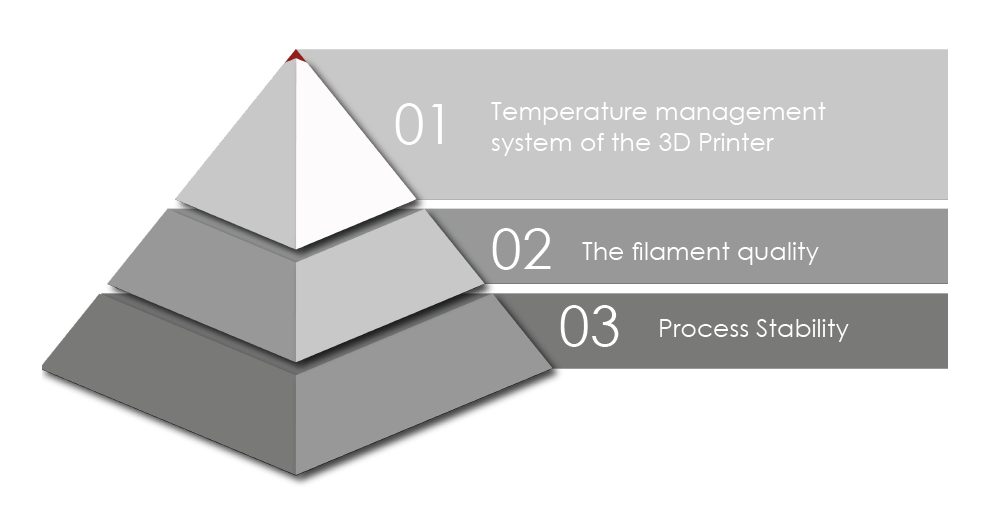Chemical Resistance of FFF 3D Printed PEEK Parts
A wide variety of engineering fields use PEEK due to its excellent thermal, mechanical and chemical properties. The different grades of PEEK exhibit non-identical properties. Additionally, actual part properties may change due to processing method. Therefore, achieving successful results with 3D printing highly depends on three factors:

PEEK`s Usage for its Chemical Resistance
PEEK can be used in very demanding applicationsas replacement of metal. Most notably aerospace, automotive and chemical sectors prefer PEEK because of its strength, durability and chemical resistance. It exhibits excellent resistance to a wide range of organic and inorganic chemicals.Chemical Testing of 3D Printed PEEK Parts
The chemical resistance of each polymer is mainly determined by the chemical structure of the material and the strength of the weakest link in this specific structure. Because of this, different processing methods might affect the chemical resistance of a polymer. A chemical test isKey Applications
▪ Piston Units ▪ Seals ▪ Bearings ▪ Washers ▪ Fasteners ▪ Various active components in applications such as: » Transmission systems » Braking Systems » Air-conditioning Systemsconducted on 3D printed PEEK parts to examine the changes in chemical properties.
Test specimens of Apium PEEK 450 Natural were immersed in different chemicals at constant room temperature 24,5 °C for a minimum of 7 days. In the first step, chemical compatibility was assessed via weight or dimensional changes, physical degradation and discoloration.
Learn more about the chemical resistance of PEEK, the variety of its applications and how end-users can profit using Apium’s technology in our latest Case Study
Discover the possibilities of additive production with high-performance polymers to secure advantages for your company.

